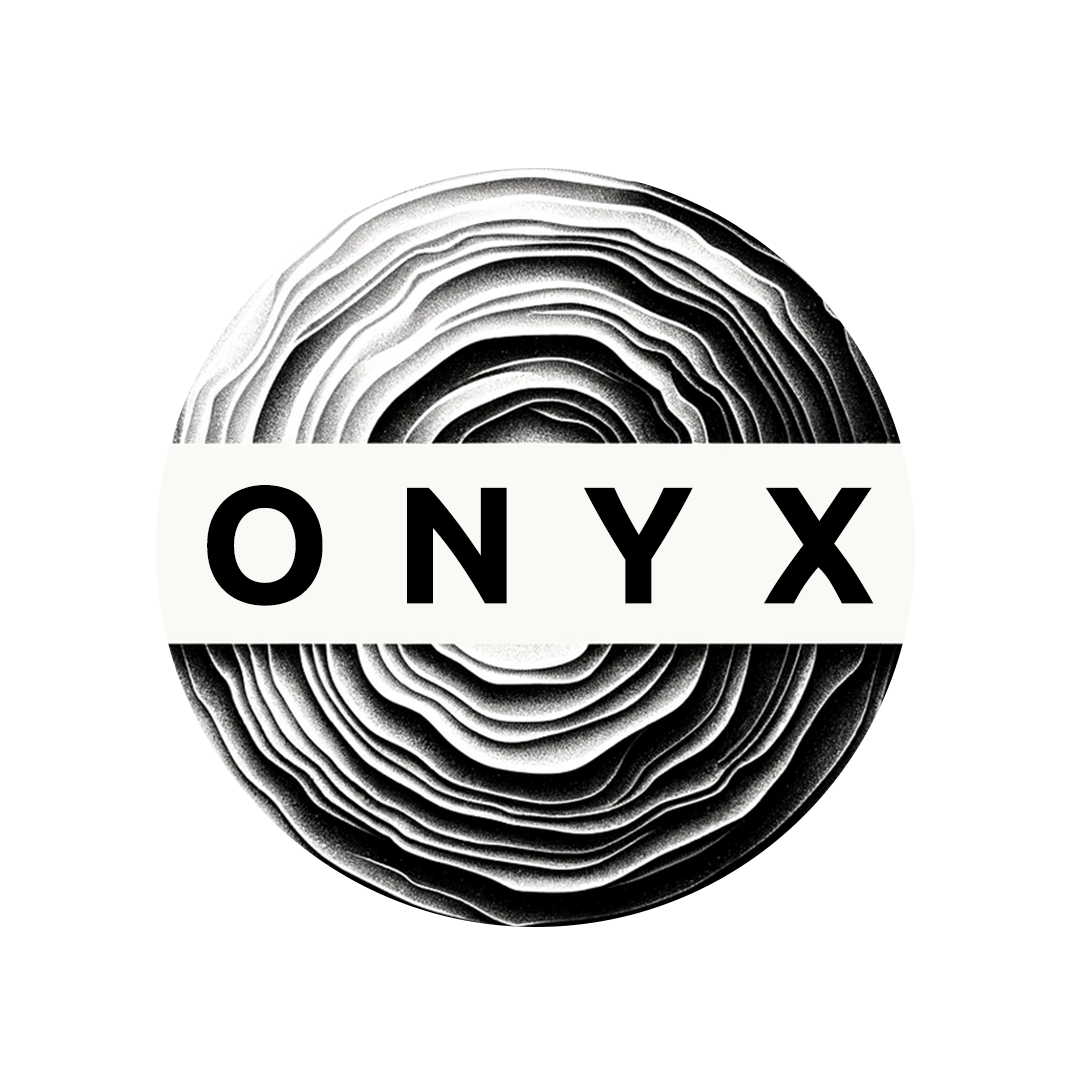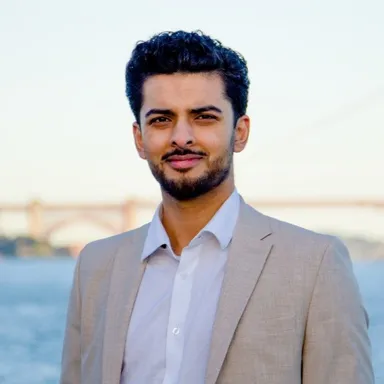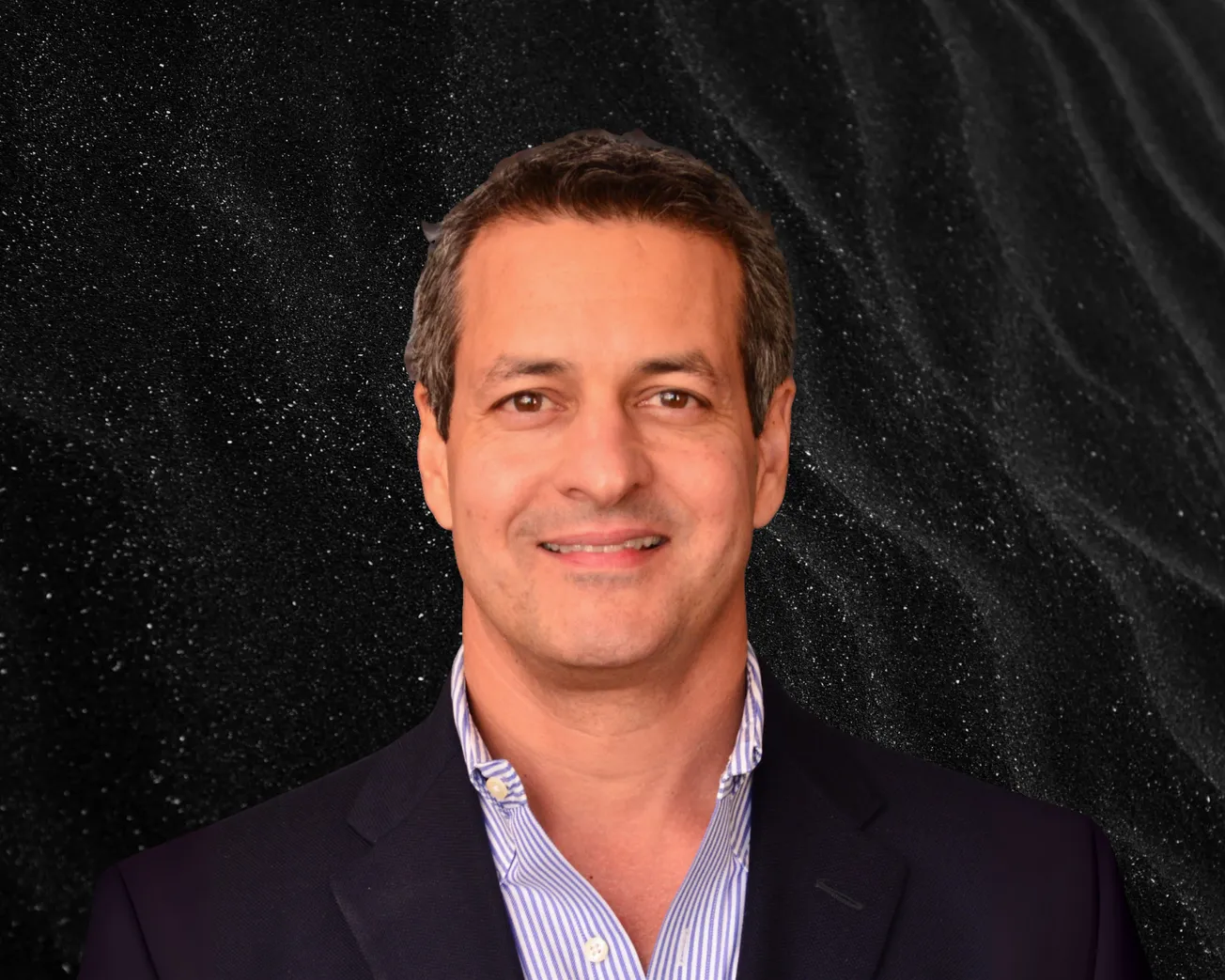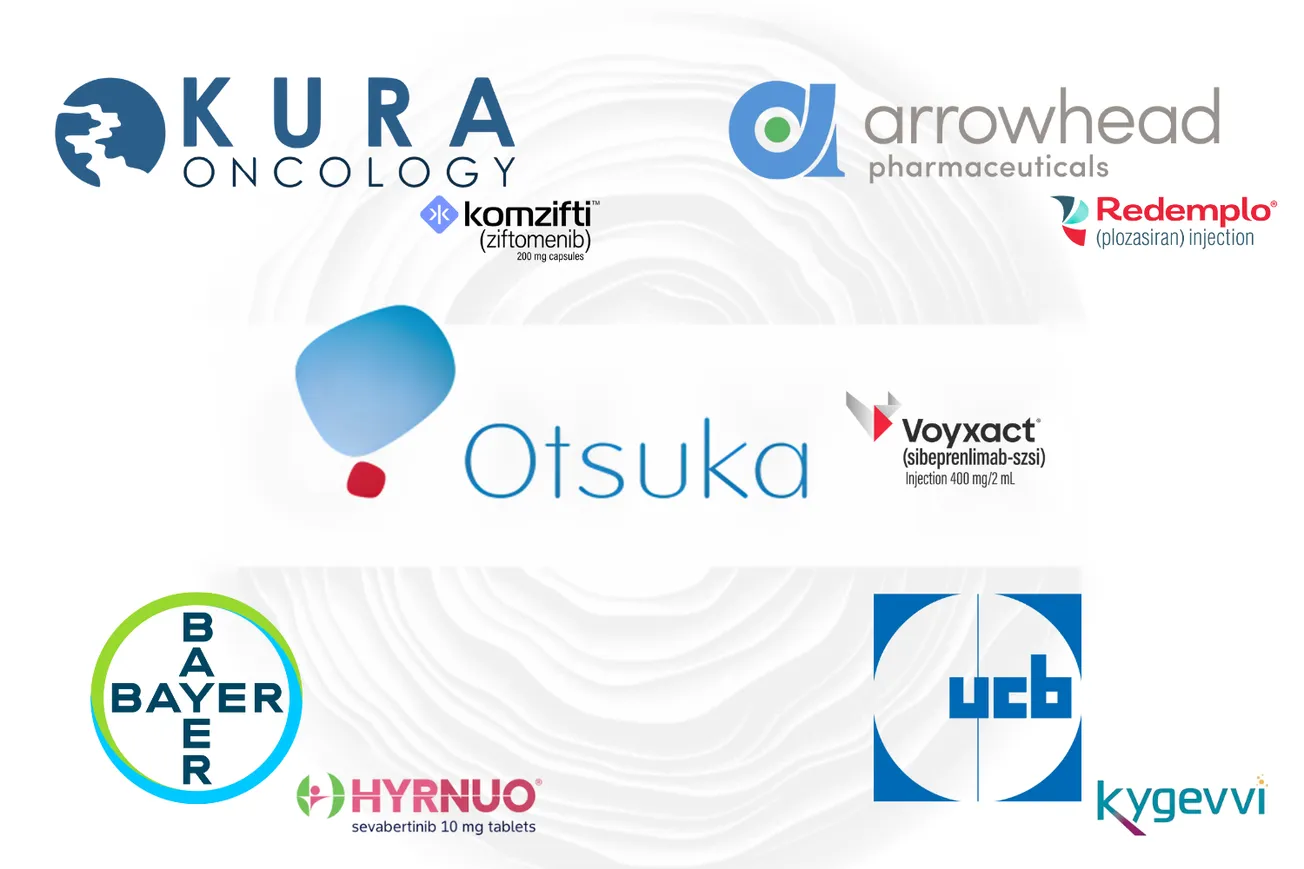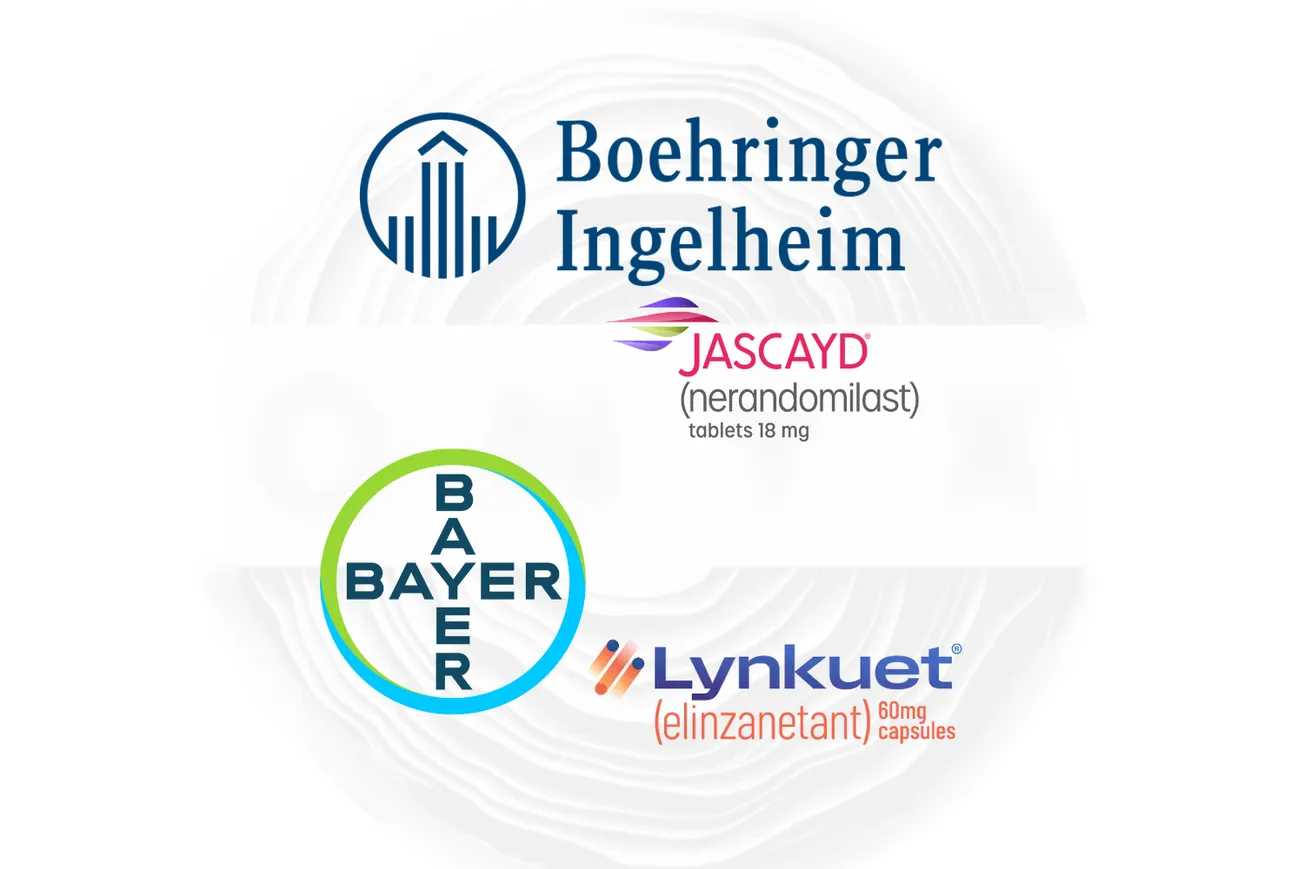Table of Contents
Neil Warma, CEO of Mongoose Bio, sat down with Onyx for a feature-length interview.
What did your career look like before being at the helm of Mongoose Bio?
Well, I've done a few different things that make me proud. Academically, I have a neuroscience degree and an MBA. From there, I fell into the pharmaceutical world and had the opportunity to work at Novartis in Basel, Switzerland. I was with Novartis for about nine years in various global positions.
I was part of the integration team that brought Novartis together in the first place. Post-formation, I served as the head of international policy, managing pharma policy issues across biotechnology, xenotransplantation, pricing, healthcare reform, and more. It was fascinating work covering the US, Europe, and Asia Pacific.
Later, I jumped into global marketing and ran a GI franchise within Novartis. Working from the global headquarters gave me a solid foundation in healthcare, life sciences, and pharmaceuticals, and taught me how to manage cross-culturally.
Then, I had this desire to start my own company. I worked closely with the Novartis Venture Fund, started talking to scientists, and loved the entrepreneurial idea. So, I left Novartis, moved to New York, and started a healthcare technology company. We built it up over a few years and successfully sold it.
After that, Novartis contacted me to run one of their portfolio companies in Canada—a private protein therapeutics biotech company with fascinating science. I rebuilt the company, got them into the clinic, raised capital, and ran it for a few years.
Then came the opportunity to be a public company CEO. I joined Opexa Therapeutics, a cell therapy company focused on T-cell therapy for autoimmune diseases, specifically multiple sclerosis and neuromyelitis optica. This was a NASDAQ-listed company based in Houston, Texas. We had our own GMP facility, which was crucial for managing cost of goods—a huge challenge back then in cell therapy.
We did some interesting deals with Novartis and Merck Serono. I ran Opexa for about 13 years, and we merged the company in 2017. I really love building and growing companies and making quick decisions to navigate the regulatory and development paths to, importantly, get novel drugs to patients.
After Opexa, I spun a couple of companies out of MD Anderson. Then, I was approached by a colleague who had started a company in Shanghai. He wanted to build a global company with a footprint in the US and do an IPO. For me, that was a huge challenge—to take a Shanghai-based company onto the global stage and launch an IPO.
I moved from Houston to San Diego, hired a terrific team, and we listed on NASDAQ. It was the most successful biotech IPO in 2020. It was fascinating intellectually to learn and build this global company, especially with the complexities added by COVID.
During that tenure, I joined the board of a public South Korean company called Genexine, one of the first biopharma companies in Korea. Six months in, the chairman and CEO decided to step down and the Board asked me to run the company. I was honored; I think I might be the first foreigner to run a South Korean company. We raised capital, pruned the pipeline, and got our first product to market after 20 years. But it became clear that to run the company effectively, I would need to move to Seoul, which I wasn't prepared to do. So, I stepped away at the end of last year.
Then I reconnected with Dr. Cassian Yee, one of the leading oncologists at MD Anderson Cancer Center. I've known Cassian from my years in Houston and was extremely impressed with the cancer technology he'd been working on for 20 years. He had just spun it out into Mongoose Bio, and was looking to advance it into FDA-sponsored trials and commercialization. I was thrilled to join him as the CEO in February of this year to help advance these programs and build an exciting cancer company.
It looks like Mongoose Bio is the current pit stop on your incredible journey. Could you tell us more about the science that underpins your initiatives at Mongoose? I understand the focus is T-cell therapies mainly targeting cancer.
Absolutely. This is based on the creativity and genius of Dr. Yee, one of the leaders in cellular therapies and oncology. While CAR-T-cell therapies have shown impressive results, they come with challenges and limitations—only about 3% of cancer patients can be treated with CAR T due to the nature of the surface antigens they target. They have been successful primarily in B-cell malignancies but are also saddled with side effect issues and require lymphodepletion.
Mongoose is focusing on TCR-T therapies—T-cell receptor T-cell therapies—which are next generation cell therapies and differ from CART. We're tackling and believe we have solved two fundamental challenges in cancer treatment: the lack of novel targets and preventing T-cell exhaustion.
Most tumor antigens are intracellular, and our immunopeptidome program allows us to screen multiple intracellular targets presented by MHC molecules. From screening 250 million spectra, we've identified approximately 250 novel targets and narrowed it down to four highly immunogenic ones. Our lead target is particularly exciting.
To prevent T-cell exhaustion, we've developed a method to epigenetically reprogram T cells into long-lasting memory cells. These aren't genetically modified but are reprogrammed to persist for months, even years, preventing relapse. This approach has been validated in clinical settings. Importantly, we believe we can do this without requiring patients to undergo lymphodepletion.
So, by combining our novel TCRs targeting these intracellular antigens with reprogrammed T cells, we're expecting some phenomenal results.
Across your entire pipeline, what's your current status with the FDA?
We're currently in the process of tech transferring from the MD Anderson lab to our manufacturing partners. We've signed agreements with two manufacturing groups—one for viral vector manufacturing and one for GMP T-cell manufacturing. A lot of our efforts are focused on process development, scaling up, and getting ready for our first clinical study, which we expect to initiate in the middle of next year.
We'll likely have a pre-IND meeting with the FDA in the first half of next year, submit the IND, and aim to start the clinical trial in the second half. The FDA is well aware of the CAR T path and other cell therapies, so we don't anticipate major hurdles. We're looking forward to those discussions.
Throughout your career, you've been involved in numerous clinical trials. With rapid technological advances and a growing unmet need, do you feel like the costs of manufacturing are generally going up, down, or sideways?
I believe they are certainly coming down. With more cellular therapies entering the market, there's a real push to make manufacturing processes more cost-effective. There's pressure on pricing, and managing cost of goods is crucial.
We've seen costs come down appreciably over the years. The introduction of new CDMOs—Contract Development and Manufacturing Organizations—has increased competition. Some companies are building internal processes to manage costs. When we bid out our manufacturing, the bids reflected that costs are indeed coming down.
In terms of commercialization, what's your strategy and the thoughts behind it?
The U.S. is our primary market, and getting trials initiated here is our number one priority. But personally, and for Dr. Yee as well, it's important to provide these lifesaving cancer therapies to patients worldwide. We're exploring global collaborations to run trials in Asia and the Gulf region, notably the UAE and other regions.
For commercialization, we can see ourselves running initial clinical studies and then partnering with large pharmaceutical companies to bring these therapies to market in a more cost effective manner. Our first clinical study with our lead target focuses on gastric esophageal cancer, breast cancer, and non-small cell lung cancer. This will be conducted at MD Anderson, under the guidance of Dr. David Hong, one of the leading clinical oncologists at MD Anderson. Our end goal is access to patients worldwide.
Regarding international expansion, where do you feel innovation is most ripe and exciting?
Outside the U.S., innovation is coming from several pockets in South East Asia including South Korea and Singapore. There are several centers of innovation around the world—not just traditionally from the U.S. Accessing and leveraging that innovation including capital and technology to complement our own platform is something I'm personally very interested in and am pursuing. We are looking at the possibility of setting up strategic Joint Ventures in South Korea and the UAE for example to allow us to move faster in these geographical regions.
Looking ahead to 2025, what are the main goals you're focused on at Mongoose?
First and foremost is initiating our phase one study. Our clinical trial protocol is written, and we're planning to run the study with one of the best principal investigators at MD Anderson. We aim to get our lead asset into patients in the second half of next year.
Prior to that, we're focused on finalizing manufacturing and ensuring we have a robust, reproducible and cost effective process. Getting FDA buy-in is also front and center. Financing is important too. We've secured a $10.6 million award from a major cancer research fund based in Texas and are pursuing additional funding to have around $20 million collectively to run the first study and reach our first-in-human data results.
So, our main areas are initiating the trial, locking down manufacturing, regulatory support, and financing.
